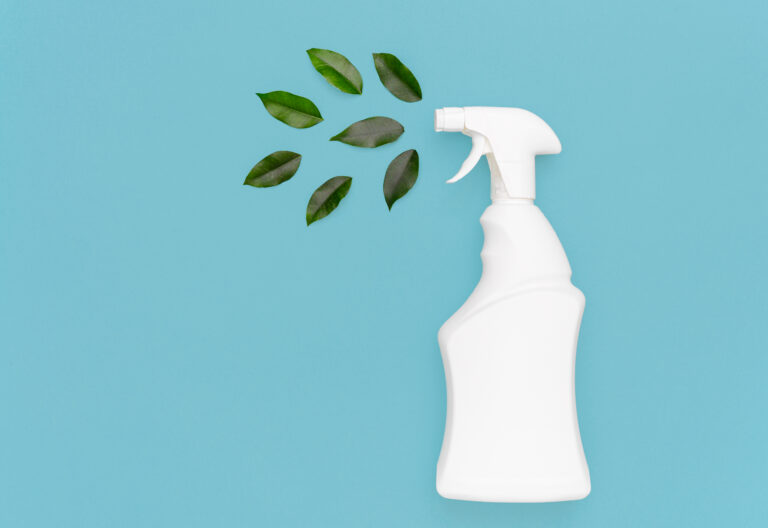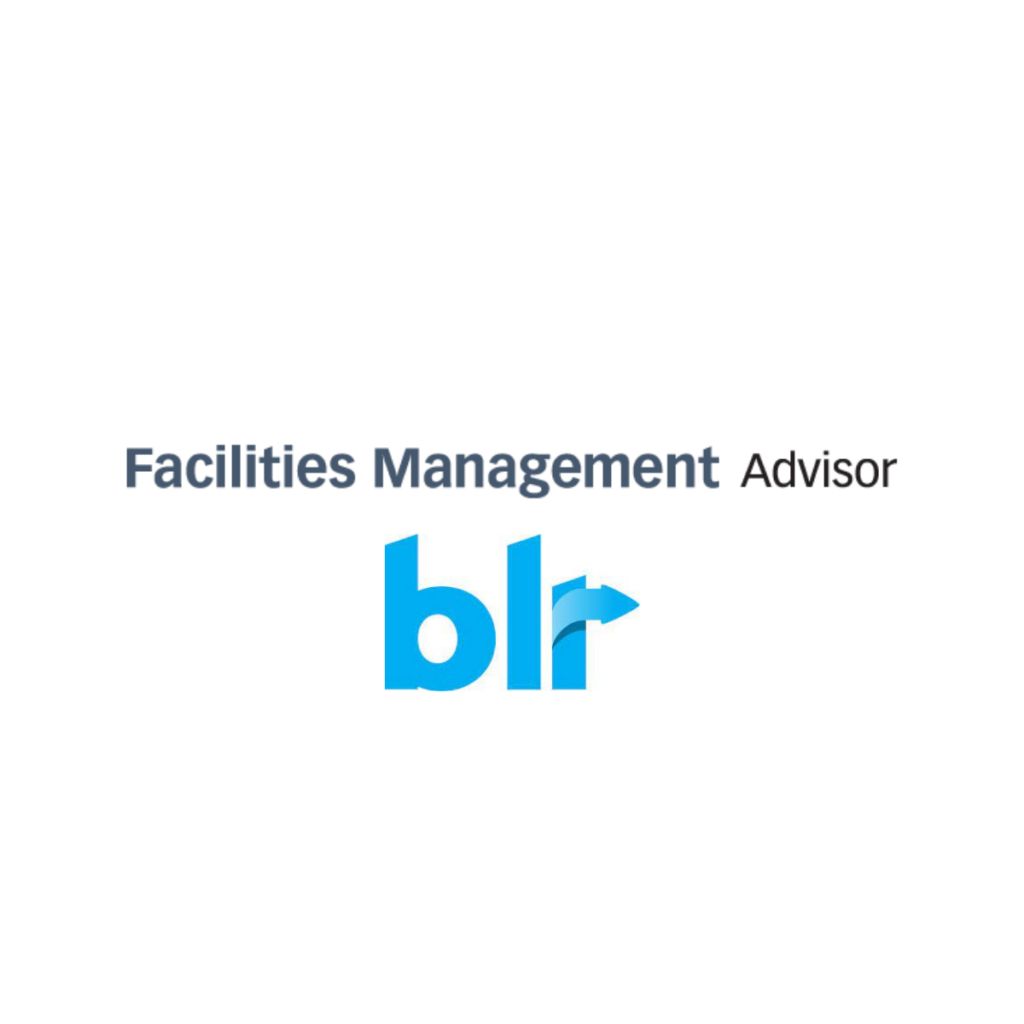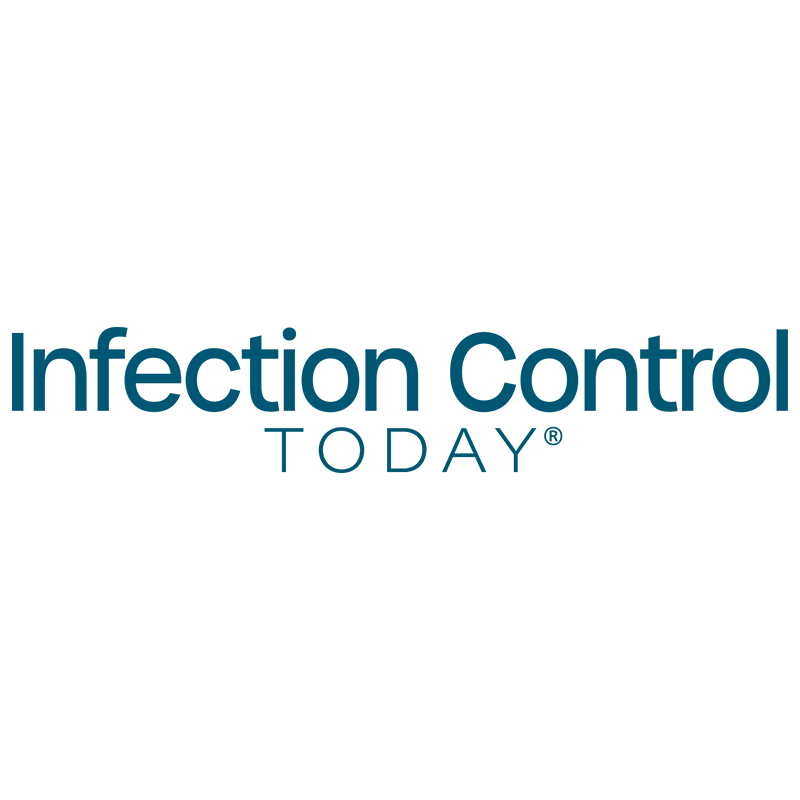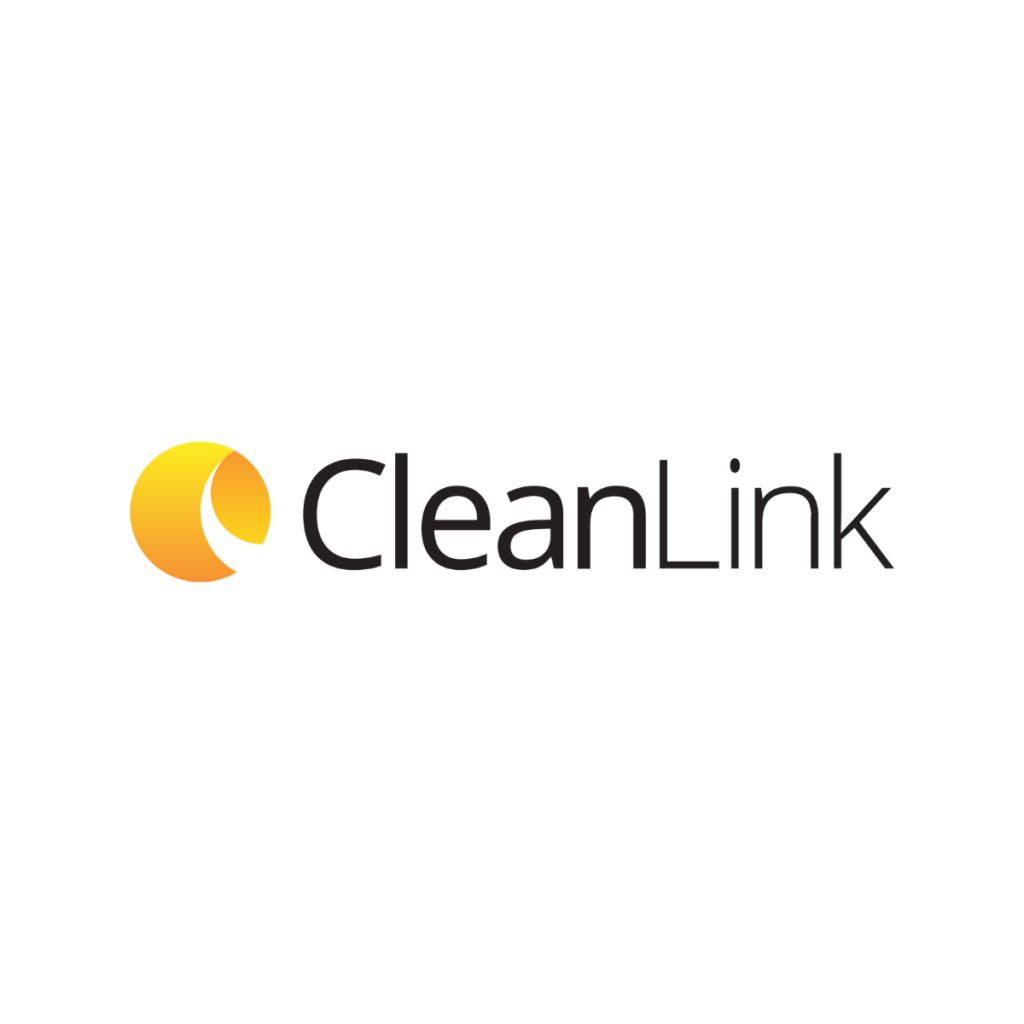Today, more than ever, consumers are demanding that companies promote sustainability. Searches for sustainable goods have increased by 71% globally, and corporations are responding.
Virtually all of the world’s largest companies make sustainability the subject of regular reports to shareholders, executives, or the public at large. Meanwhile, as of October 2021, almost a third of Europe’s publicly traded companies have committed to net-zero emissions by 2050, and governments in the United States and elsewhere aren’t far behind.
Considering the significant health and environmental effects often associated with traditional cleaning chemicals, the cleaning industry is not immune to these trends.
In fact, the market for green products is growing by leaps and bounds. One study of sustainable laundry, surface care, dishwashing, bath, and shower goods projects the market to grow at a rate of 8.5%, pushing it to $109.7 billion in 2026. This rate of growth more than doubles the projected market growth for all cleaning products (4.1%) over the same time frame.
With the shift in consumer attitudes coinciding with the growth of sustainable cleaning, it might be tempting to conclude that businesses are acting against their own financial or operational interests to cater to consumer preferences. After all, the conventional wisdom is that green alternatives to toxic chemicals must be less effective, more expensive, or both.
Fortunately for business owners wondering what to do, this conventional wisdom is wrong – and as new innovations come online, it becomes more incorrect every day.
Some case studies can illustrate the promise of sustainable practices.
Case studies of sustainable cleaning practices
The roots of the word “sustainability” go back hundreds of years, to a time when an exploding demand for timber led to deforestation across Europe. The practices that emerged then still form the basis of today’s scientific or sustainable forestry.
While these foresters may have needed to incur some short-term pain for long-term gain, that wasn’t the case for Boston University when it implemented a wide range of sustainable practices. These included using only products certified as ecologically friendly by reputable bodies like Green Seal or EcoLogo, using sustainable cleaning equipment, and other efforts.
The results were dramatic: improved air quality and health of building occupants and – crucially – “reduced operating costs and increased energy savings through reduced material consumption and packaging waste.”
Another example is the Services Department at the University of Georgia, which overhauled its sanitization protocols by using green cleaning solutions, environmental purchasing, and workplace safety training.
As a result of these actions, lost worker hours went from almost 4,500 to less than 400 between 2006 and 2009, while savings amounted to a total of $850,000 over two years.
Clearly, going sustainable isn’t just the right thing to do; it’s also good for business.
Challenges with sustainability
Still, there are reasons to be cautious when it comes to going sustainable because there is often more to green cleaners than meets the eye. Many products, aided by a permissive United States regulatory regime, contain toxic chemicals that can damage human health. For example, phthalates – connected with infertility, birth defects and heart disease – are often smuggled into cleaning products under the guise of “trade secrets” that are typically listed as “fragrances” on product labels.
Thankfully, new cleaning technologies are now surmounting even these obstacles. Take electrolyzed water, which can produce a disinfectant solution that is 80-120 times stronger than bleach, while also being completely non-toxic for human beings and the environment, along with a powerful cleaner and degreaser. Being that it’s produced with just salt and water through an electrolysis machine on-site at facilities, it’s very cost-effective for buildings to generate as much solution as they need without varying costs or supply chain constraints.
Electrolyzed water case studies
When Domenick Cicatelli of Neri’s Bakery heard about electrolyzed water from Viking Pure Solutions, he thought it was too good to be true: “I wouldn’t even let them in the building at first.” But when he compared its performance to the existing chemical products the company was using, the Viking Pure disinfectant turned out to be considerably more effective. “We haven’t seen results like this in 30 years,” Cicatelli said.
Even better, electrolyzed water cleaning and disinfecting solutions brought down costs by 60% and cleaning times by 75%. Neri’s Bakery was also able to reduce their municipality waste water charges by 90% – from $150,000 annually to $15,000 annually – due to reduced chemical presence. And because electrolyzed water can be produced by an on-site generator as long as running water and salt is on hand, Neri Bakery also dramatically reduced their dependence on unreliable supply chains.
WestMed Medical Group had a similar experience. Initially skeptical, CEO Anthony Viceroy tested electrolyzed water in a four-room ambulatory surgery center. The staff at the center were used to disinfecting with harsh chemicals that required gloves, but Viceroy soon realized that these were “higher cost” and “[don’t] do as good of a job.”
In a healthcare setting, WestMed especially valued electrolyzed water’s effectiveness against hospital acquired infections (HAI) and resistant bacteria. As a result of these considerations, they decided to expand electrolyzed water to all thirteen of their locations and “would personally recommend these solutions to anyone in the healthcare space.”
Stories like these disprove the persistent myth that sustainability comes at the cost of higher prices or reduced performance. They also teach a powerful lesson – one that advocates for a more sustainable world should bear in mind: moral advocacy has its place, but it will fall on deaf ears unless the business community genuinely believes that sustainable approaches are viable in practice. Fortunately, they are – and it’s up to us to prove it.




